In American residential decor, bathtubs have long moved from simple cleaning facilities to symbols of comfort and style. According to a survey by the National Kitchen & Bath Association (NKBA), approximately 74% households consider replacing or upgrading their bathtubs during bathroom renovations (source: NKBA.org). Among the many options, acrylic bathtubs and cast iron bathtubs are the two most popular types.
They have similar appearances, but there are significant differences in material, weight, insulation performance, Durability, and installation requirements. This article will comprehensively compare the advantages and disadvantages of these two types of bathtubs, drawing on authoritative data and user experience, helping you find the most suitable one.
1. Weight and Installation Difficulty: Lightweight vs. Stable
Acrylic Bathtub
Average weight: 60-100 lbs
Structure: Supported by glass fiber after vacuum forming the acrylic sheet.
Advantages: Lightweight, easier to transport and install, suitable for residential or renovation projects on different floors.
Cast Iron Bathtub
Average weight: 250-350 lbs (some standalone models can reach up to 500 kg)
Structure: The outer layer of the iron body is covered with enamel.
Advantages: Extremely sturdy and stable, not easily shaken or deformed.
According to HomeAdvisor, cast-iron bathtubs, due to their enormous weight, typically require installation by two or more people and may require additional floor reinforcement, with installation costs approximately 25-40% higher than acrylic (source: HomeAdvisor.com).
2. Thermal insulation performance: metal thermal conductivity vs material thermal insulation
The insulation performance of the bathtub directly affects the bathing experience.
Acrylic material has good thermal insulation performance, and the hot water insulation time is longer. After filling a standard 60-inch length bathtub, the water temperature drops relatively slowly.
The cast iron bathtub initially conducts heat quickly, and the water temperature drops significantly in the first few minutes. However, due to the thick iron wall, it can maintain a constant temperature afterward.
According to Forbes Home 2024 data, under the same conditions, the average water temperature in acrylic bathtubs drops by 3 °F every 30 minutes, while cast iron bathtubs drop by about 5 °F (source: Forbes.com).
Therefore, if you like to soak for a long time, acrylic will be more energy-efficient and comfortable; if you are pursuing a retro or high-end touch, the constant-temperature characteristics of cast iron still have a unique charm.
3. Durability and surface maintenance
Cast iron bathtubs are almost unbeatable for wear and impact resistance. The enamel surface is hard and smooth, making it difficult to scratch or fade. As long as it is adequately maintained, the lifespan can exceed 50 years.
Acrylic bathtubs are known for their flexibility and ease of repair. Although the material is soft and prone to slight scratches, it can be easily repaired by polishing or using repair agents. The service life is generally 15-25 years.
According to Angi.com user data, about 68% of households prefer acrylic bathtubs because they have lower maintenance costs and are easier to repair (source: Angi.com).
4. Design and Appearance Selection: Modern vs Classic
The most significant advantage of acrylic bathtubs is their diverse shapes.
It can achieve various styles, such as oval, rectangular, and freestanding.
Due to the material's high flexibility, it is easy to create curved designs, making it suitable for modern minimalist or Nordic-style bathrooms.
Cast iron bathtubs are more commonly found in classic Clawfoot or Soaking Tub bathtubs.
Its heaviness and enamel luster make the bathroom more traditional and luxurious.
The Houzz 2024 bathroom trend report shows that the installation rate of freestanding bathtubs in the United States has reached 49%, with acrylic material accounting for as much as 65% (source: Houzz.com).

5. Price comparison and long-term investment
|
Type |
Average Price (excluding installation) |
Installation Cost |
Service Life |
Advantage Summary |
|
Acrylic bathtub |
$400- $1200 |
$300- $600 |
15-25 years |
low cost, easy to install, multiple styles |
|
Cast iron bathtub |
$1000- $2500 |
$600- $1000+ |
40-50 years |
extremely durable, with a strong retro high-end feel |
According to Home Depot market data, acrylic bathtubs are about 35% cheaper than cast iron models. Still, the price gap for high-end design styles such as freestanding matte white is narrowing (source: HomeDepot.com).
From a long-term investment perspective, if the house is for long-term self-occupation and the budget is sufficient, cast-iron bathtubs can offer greater Durability and value preservation; lightweight, economical acrylic is more cost-effective for renovation or rental purposes.
6、 Environmental impact and energy conservation considerations
The plastic and resin materials used to produce acrylic bathtubs can be partially recycled, resulting in relatively low energy consumption during manufacturing. The metal recovery rate for cast iron bathtubs can reach 80%, but the smelting process consumes more energy.
The EPA (Environmental Protection Agency) states that adopting energy-efficient designs for household bathroom equipment can save approximately 2700 gallons of water annually (source: EPA.gov). Therefore, choosing a lighter bathtub is not only beneficial for transportation energy conservation but also reduces carbon emissions.
7. Summary: How to choose the most suitable bathtub for you?
Recommended material for the demand type:
Rental or renovation project acrylic
Pursuing the lightweight installation of acrylic
High-end retro decorative cast iron
Long-term self-occupation and preservation of value in cast iron
Energy-saving and budget-priority acrylic
In practical selection, you should comprehensively consider spatial load-bearing capacity, budget, frequency of use, and style positioning. If you value lightness and design flexibility, acrylic bathtubs are the best choice; if you are pursuing luxurious texture and Durability, cast iron bathtubs are a classic and eternal investment.
8. Industry trend: combining lightweight, high strength, and personalization
The future bathtub market will tend towards lighter weight, greater energy efficiency, and greater customization. Manufacturers are developing composite materials to give bathtubs the strength of cast iron while retaining the lightweight properties of acrylic.
Statista 2025 forecast shows that the high-end bathtub market in the United States will maintain an average annual growth rate of 4.7% over the next five years, with consumers more inclined to choose personalized surface treatments and ergonomic designs (source: Statista.com).
Conclusion
In the current era, when functionality and aesthetics are equally important, choosing a bathtub is not only about comfort but also an expression of lifestyle. Whether you prefer a light modern feel or a heavy classic temperament, a suitable bathtub is the most private and healing core space in your home.

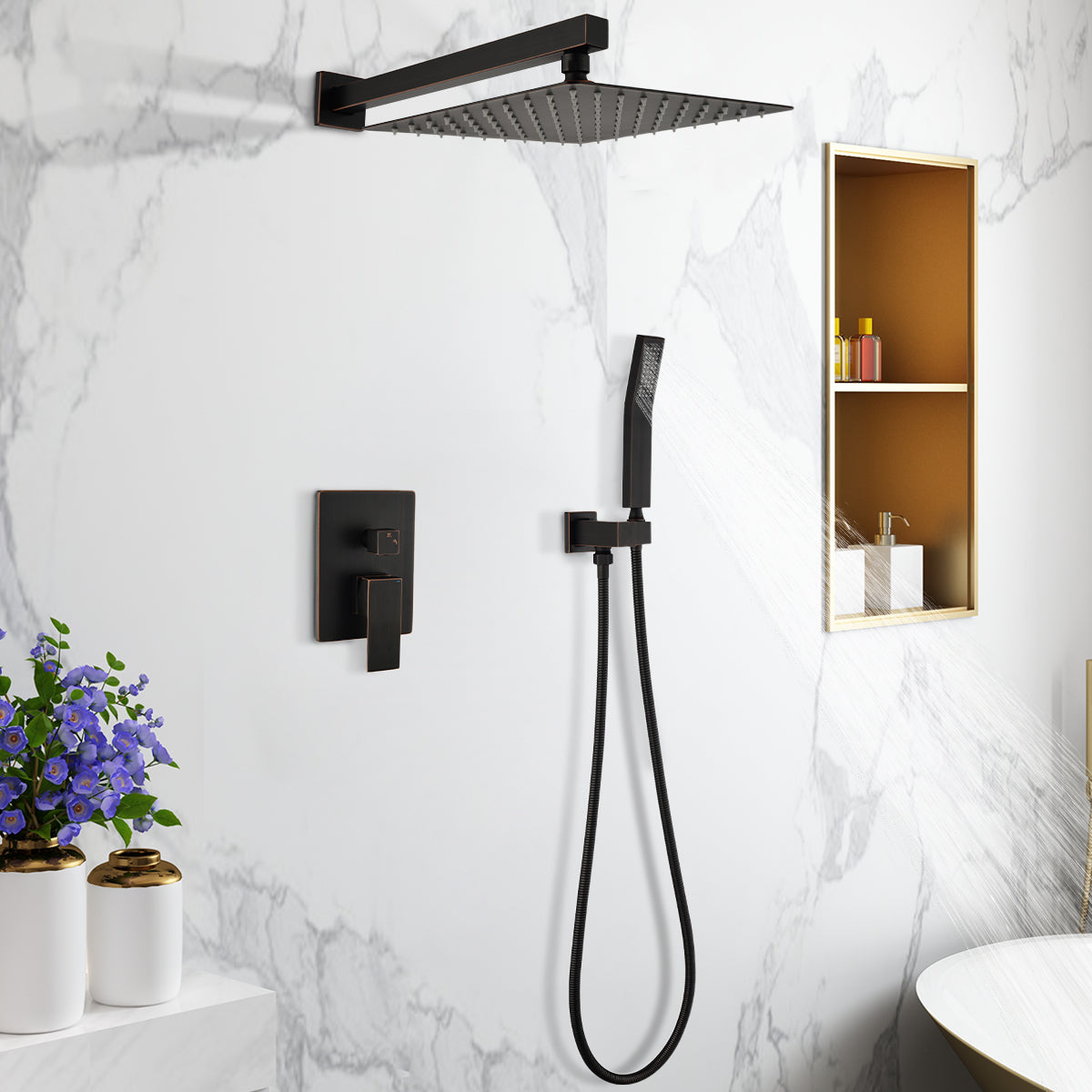






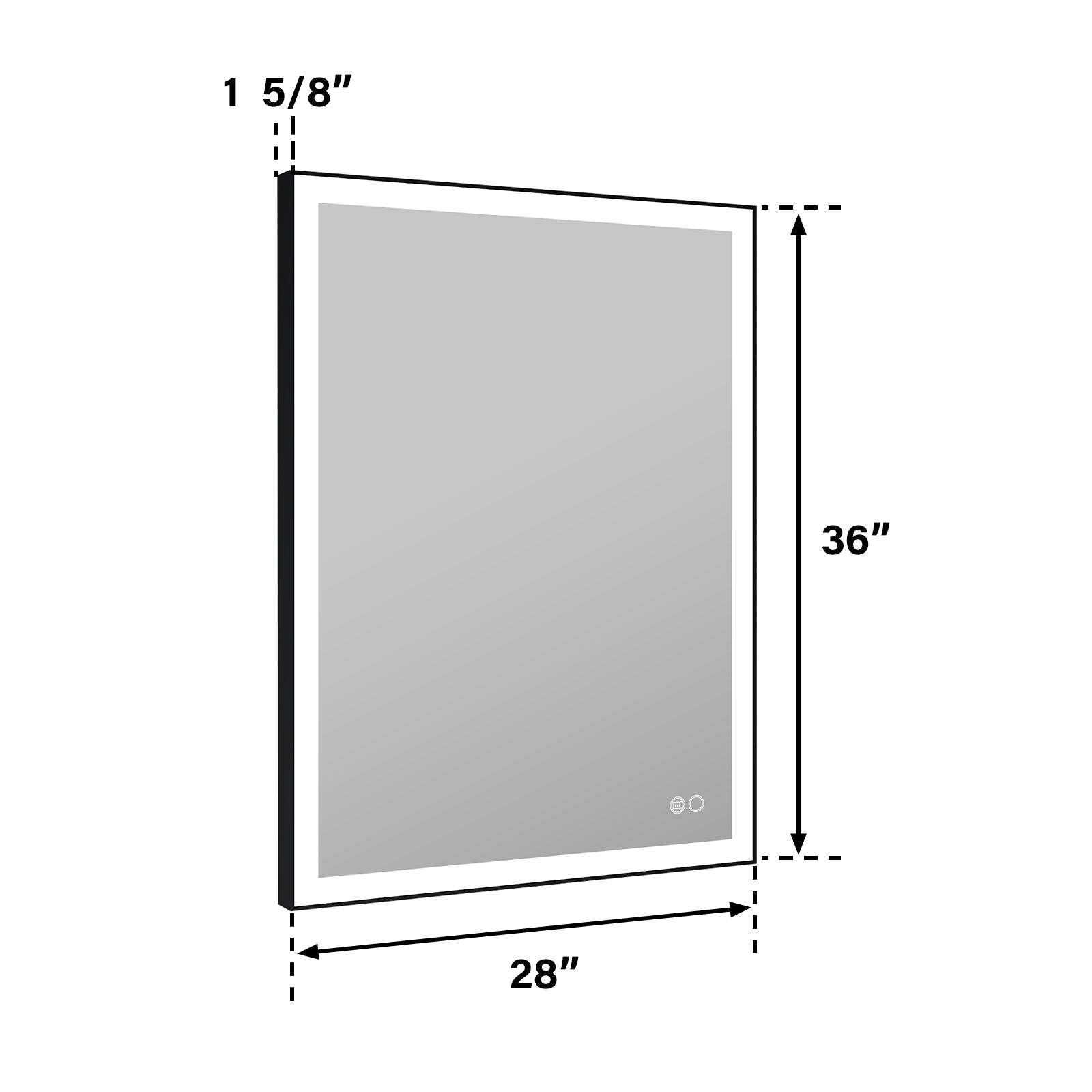


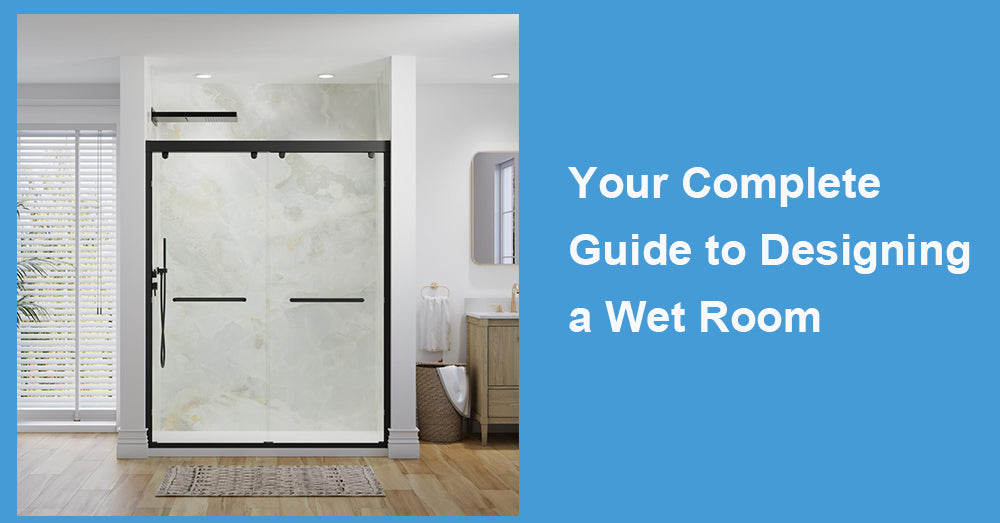
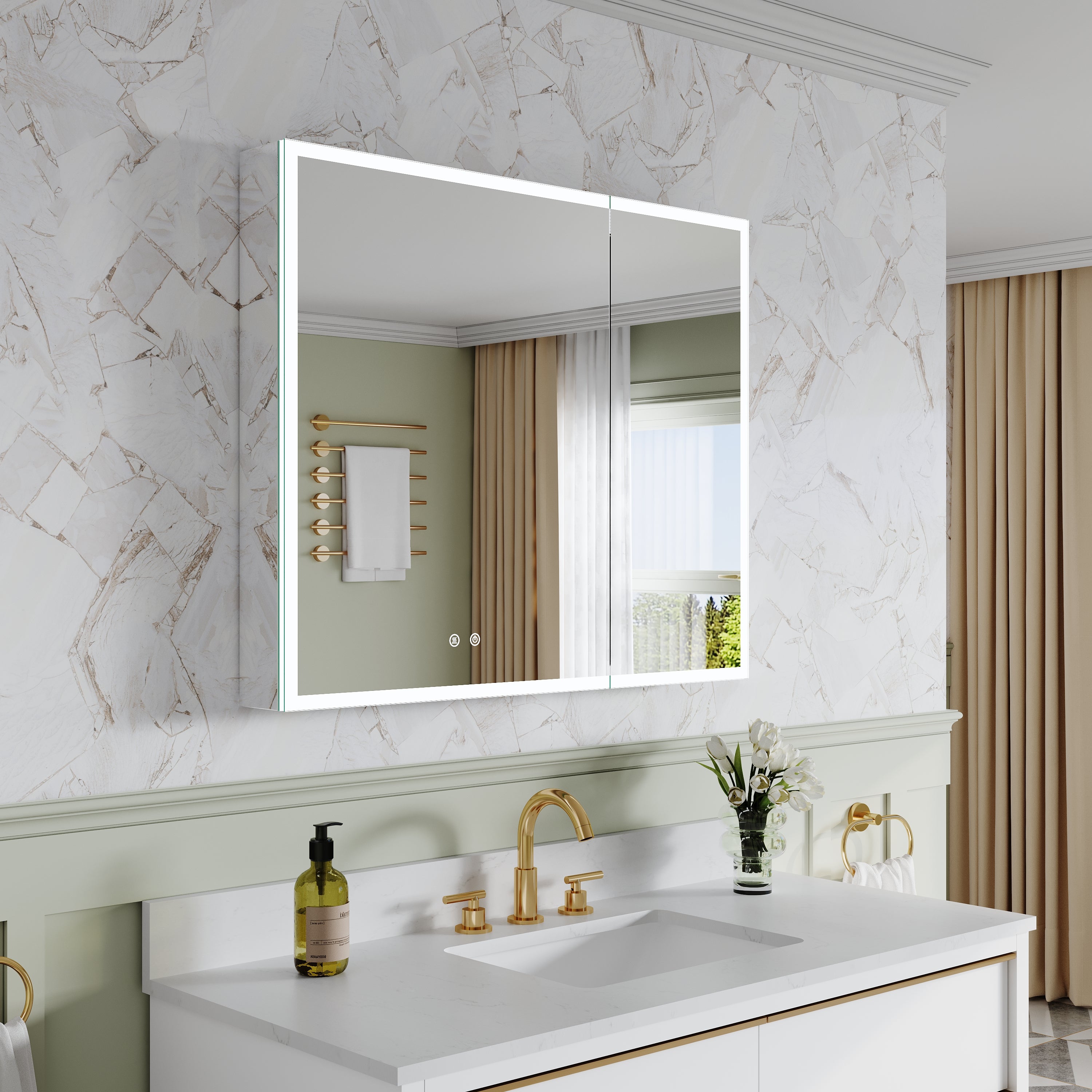
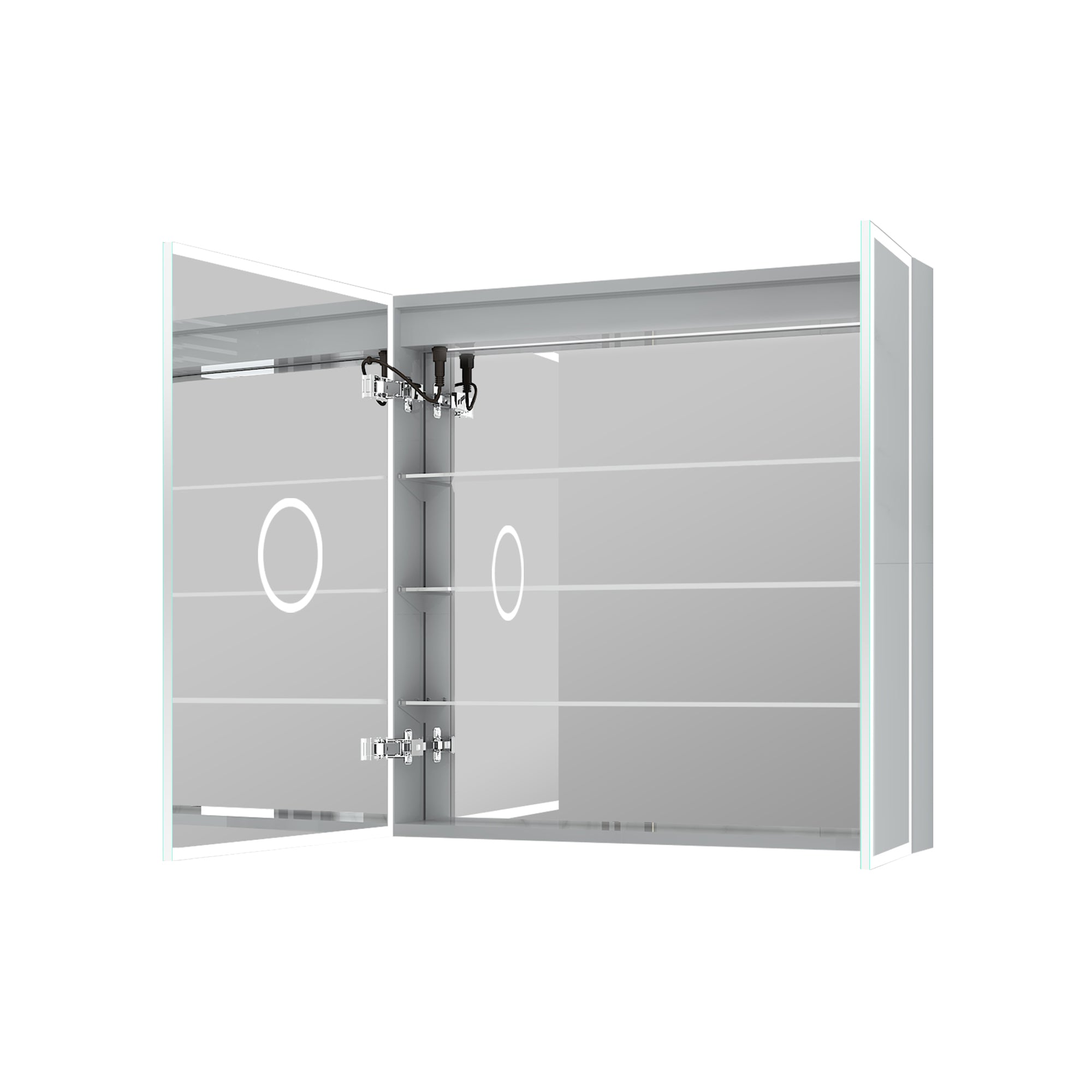
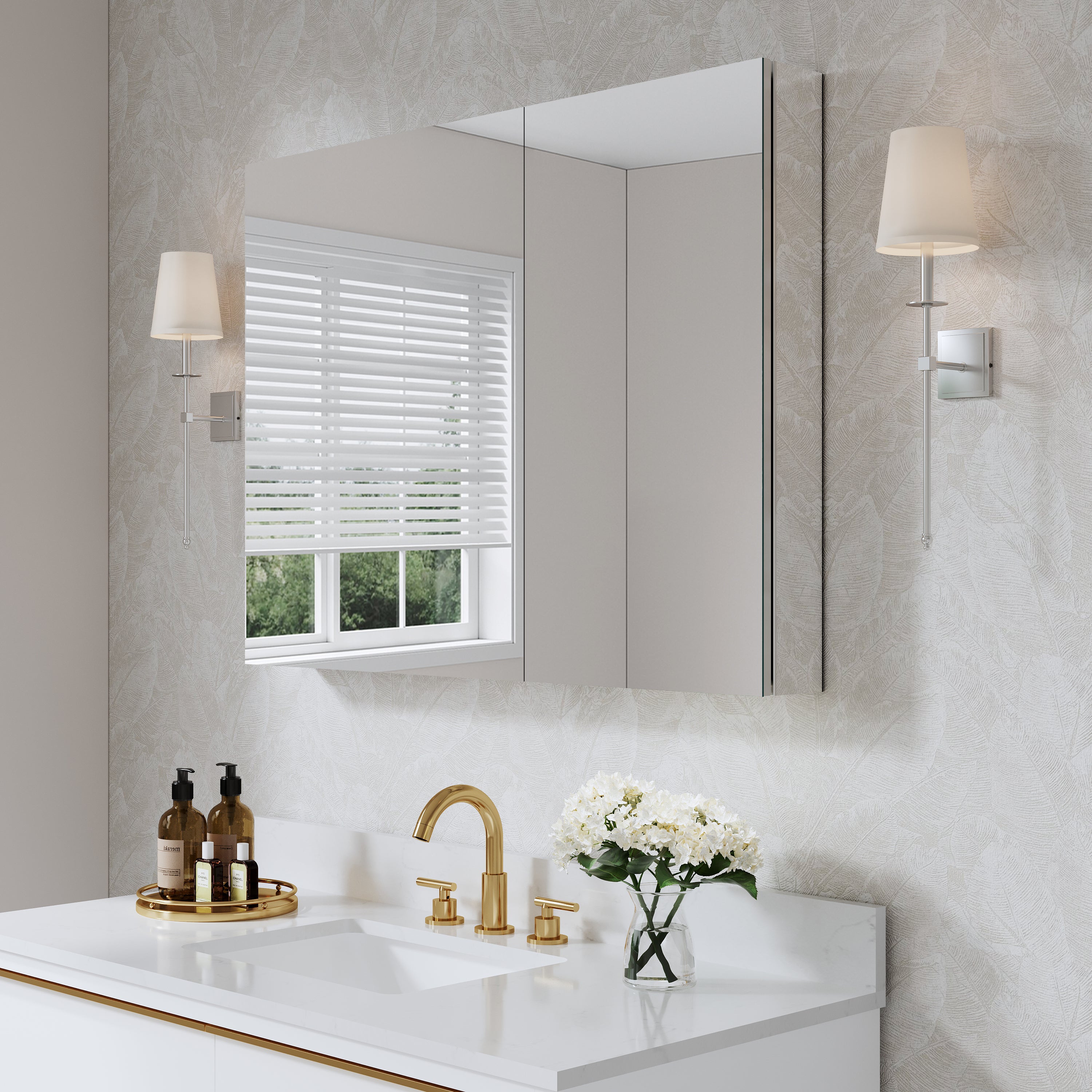

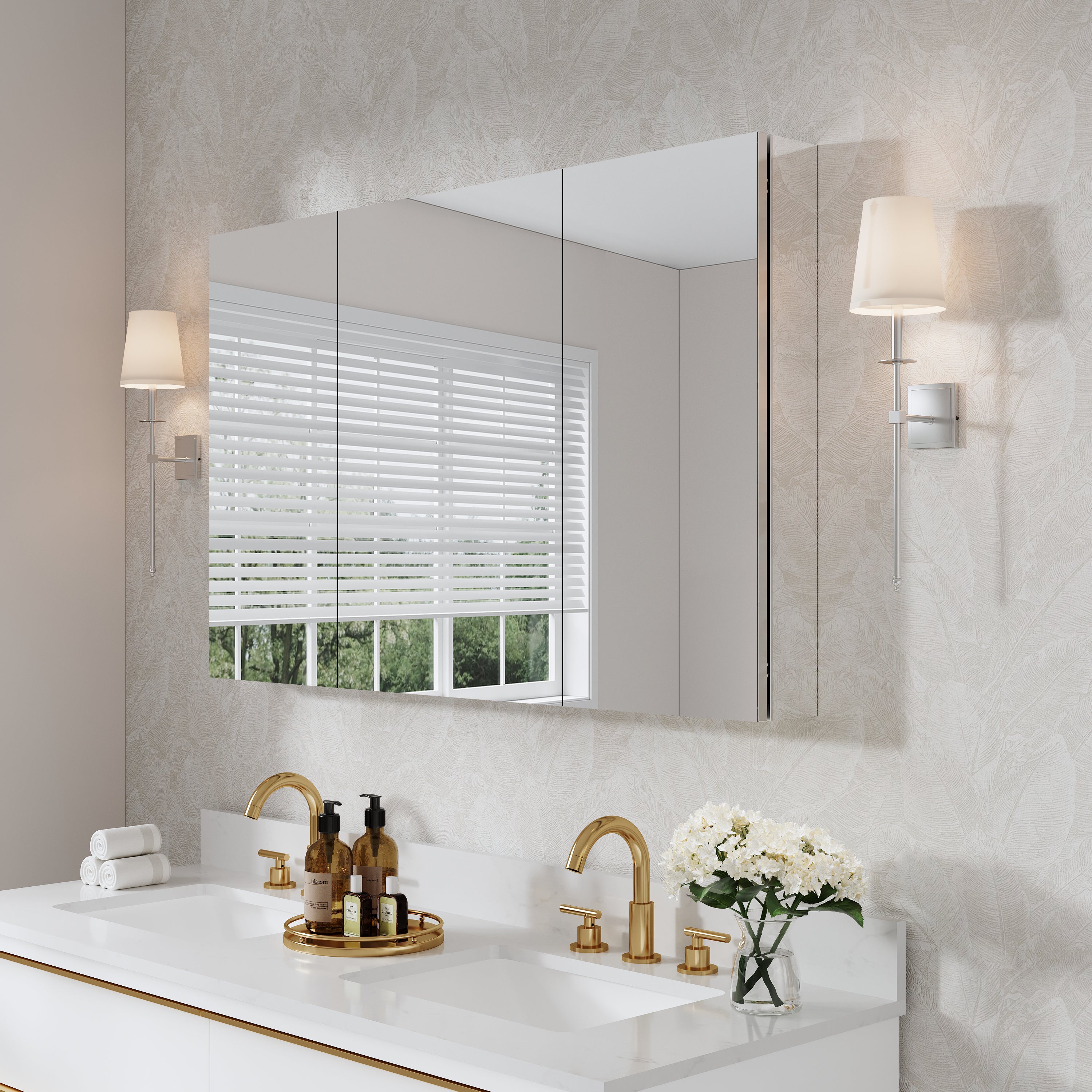
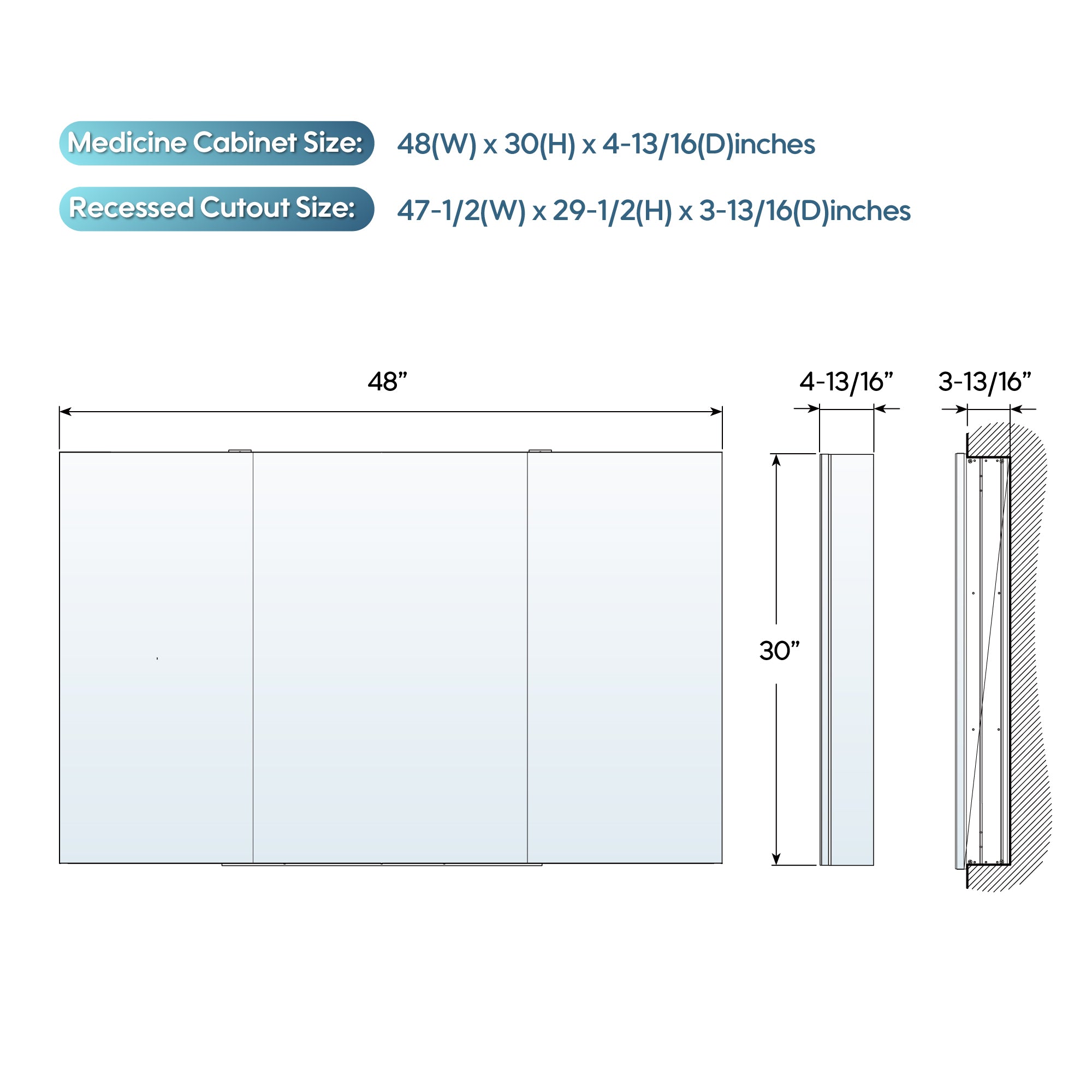

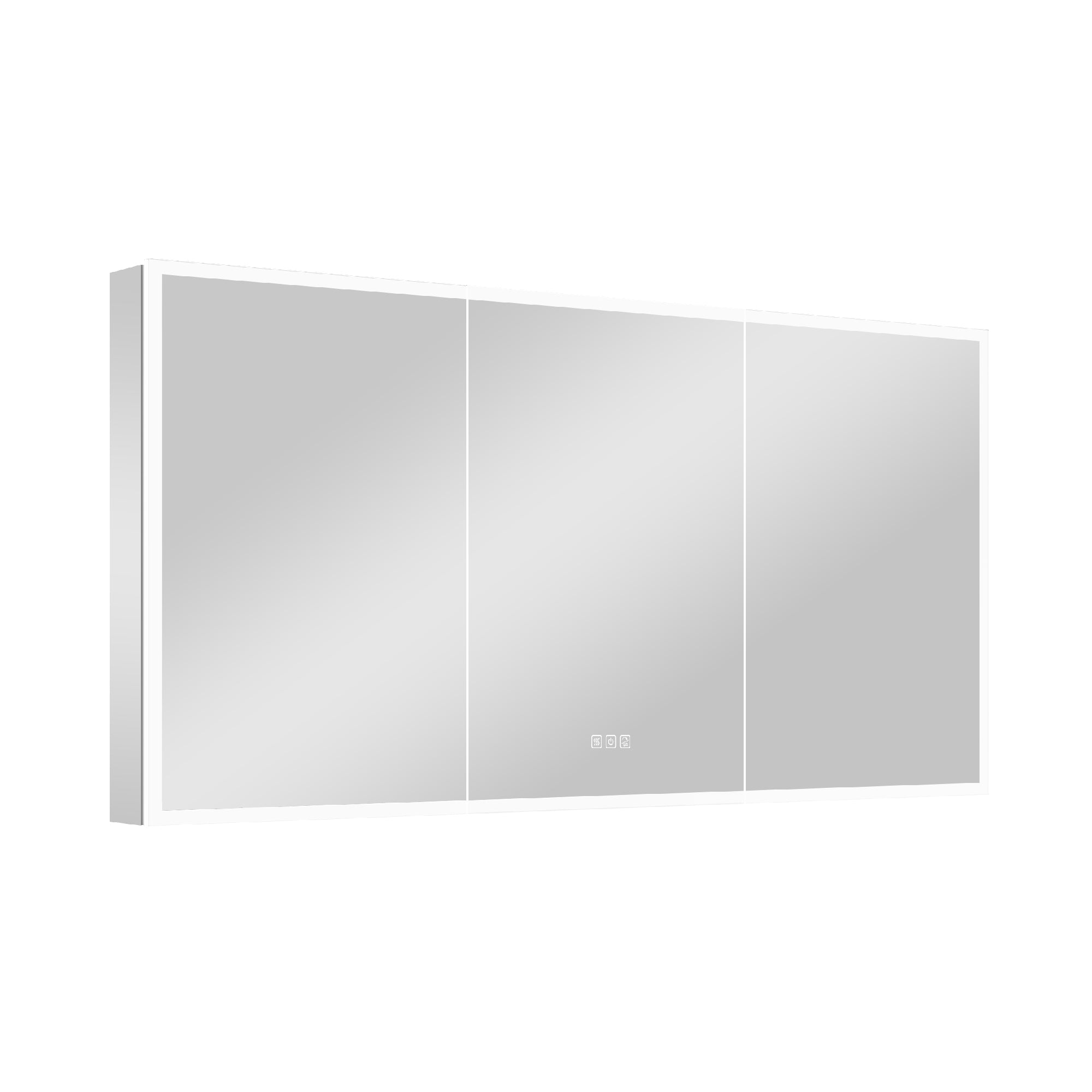
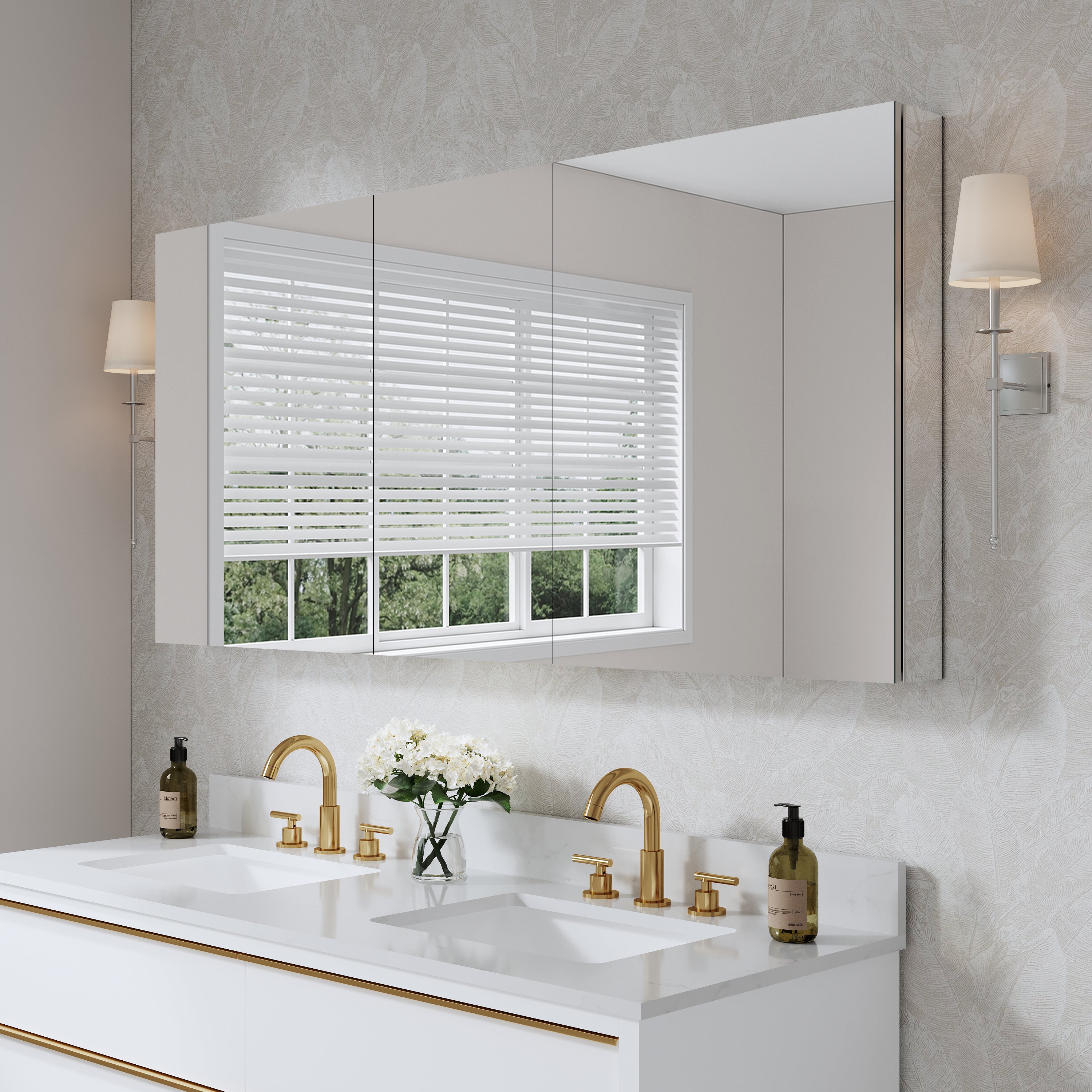




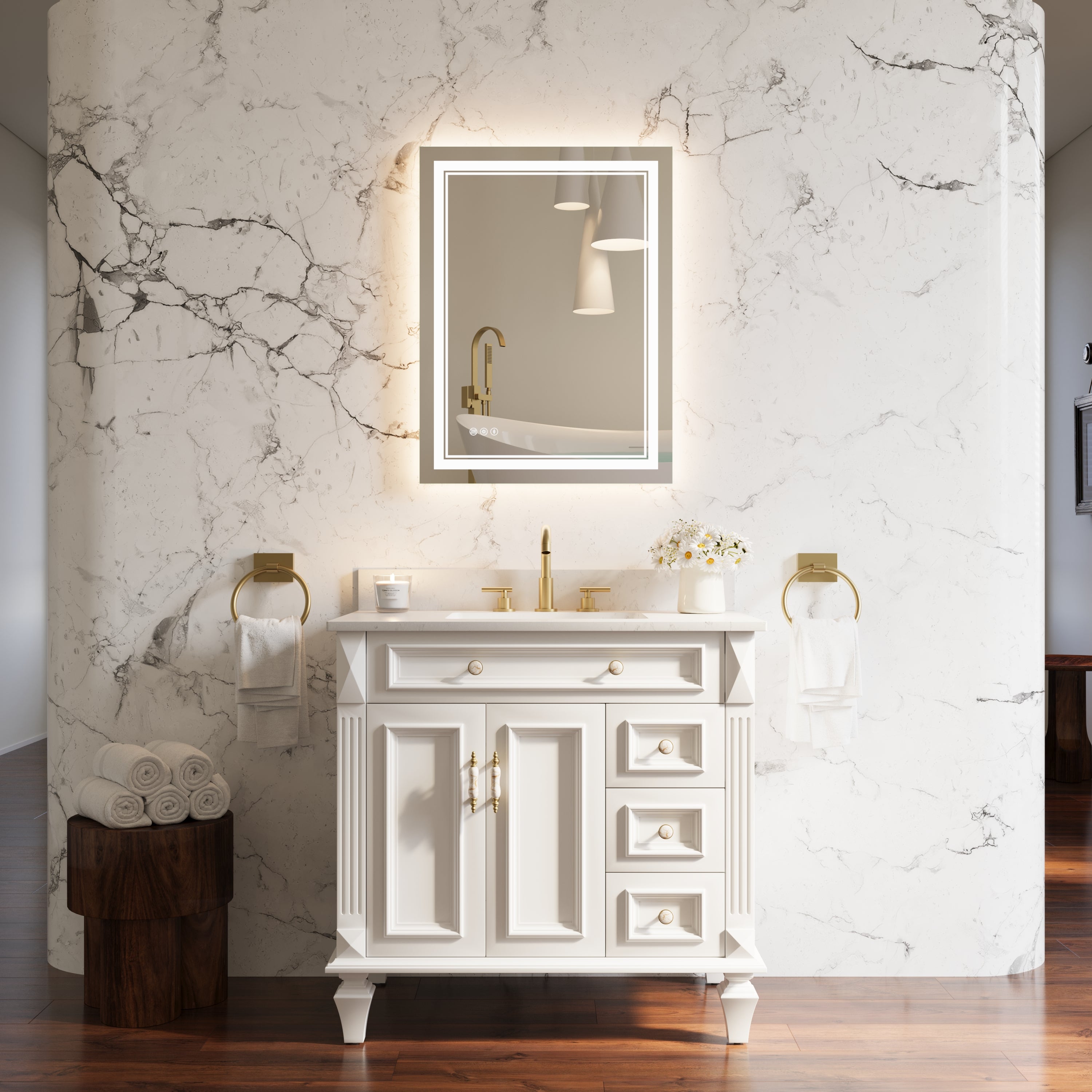
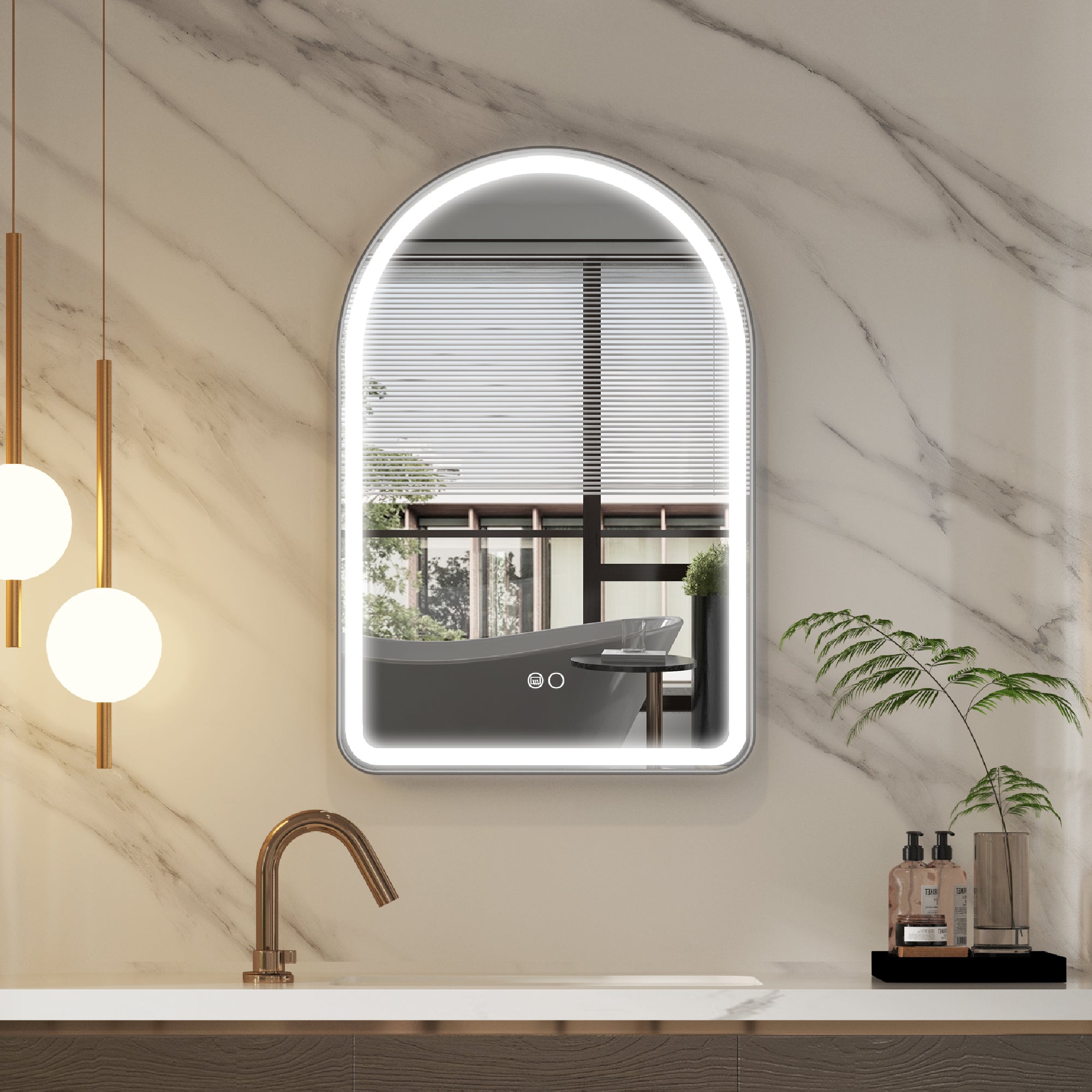
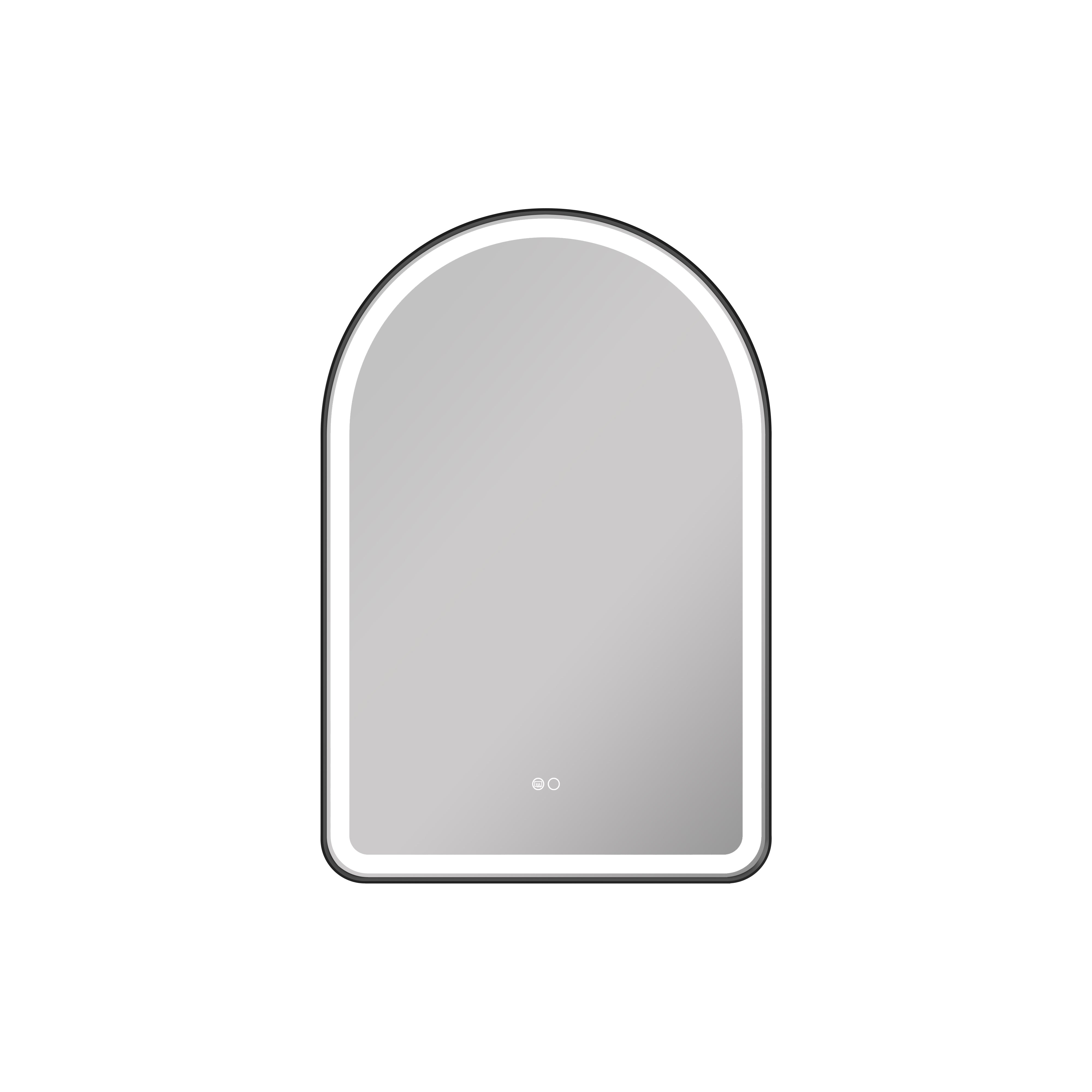

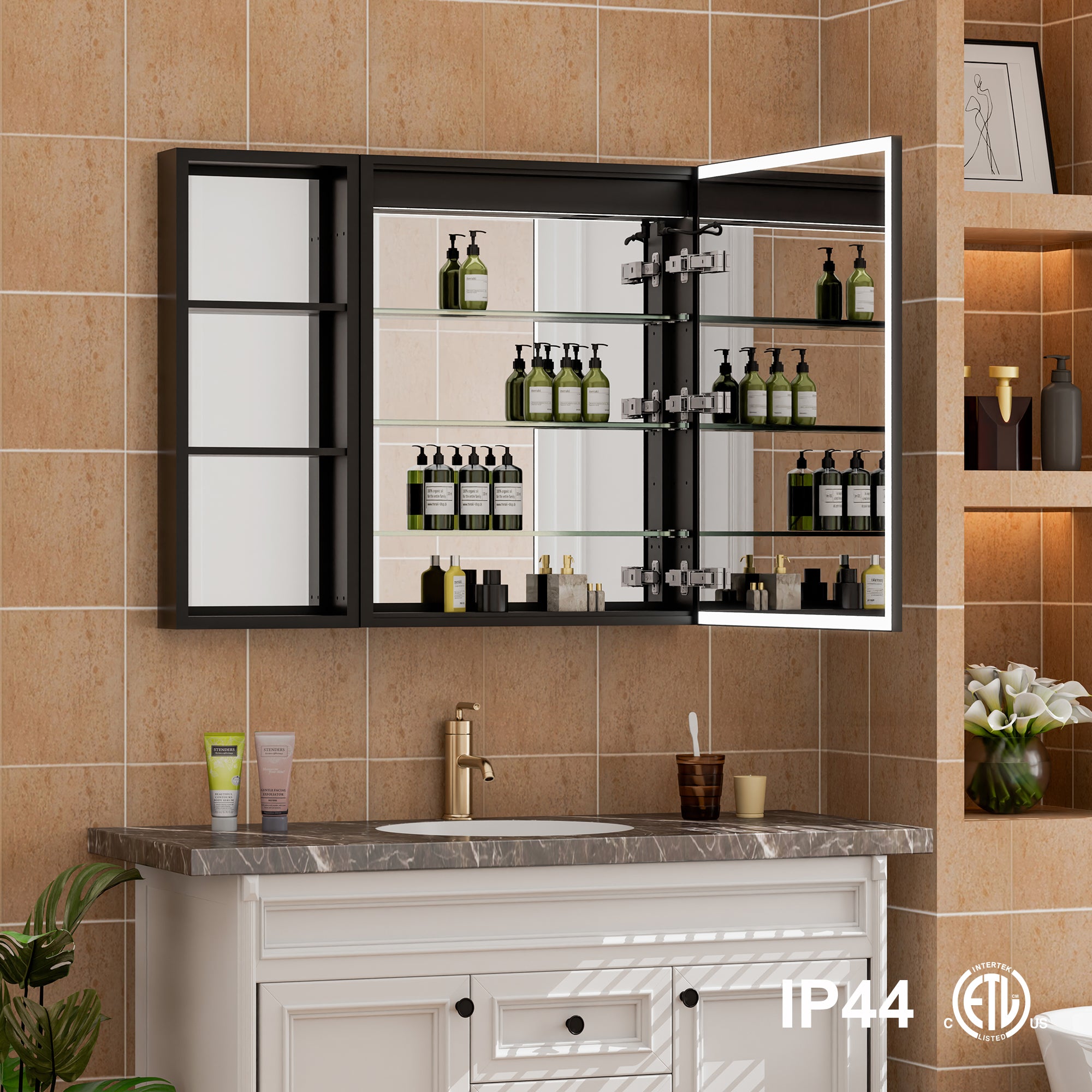
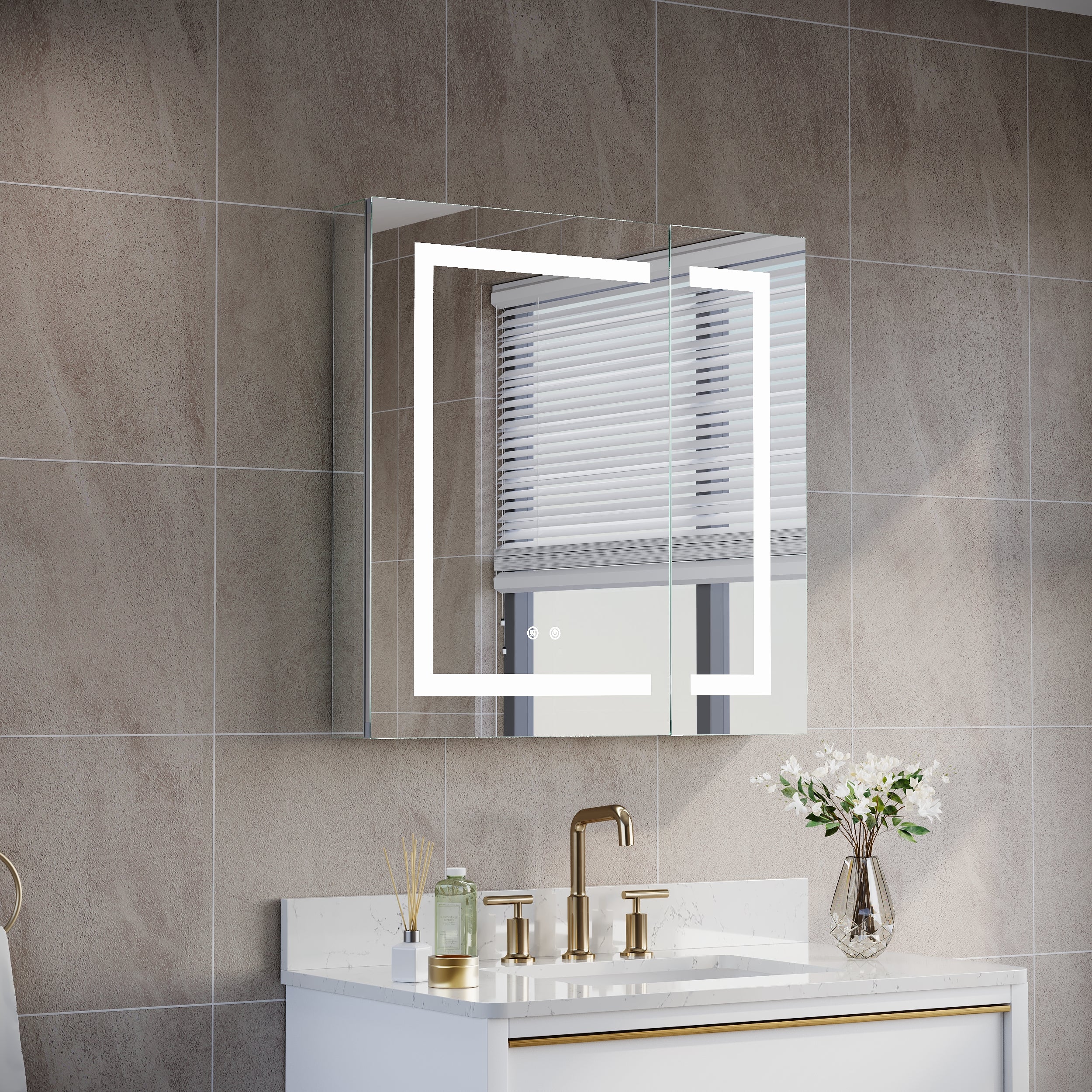
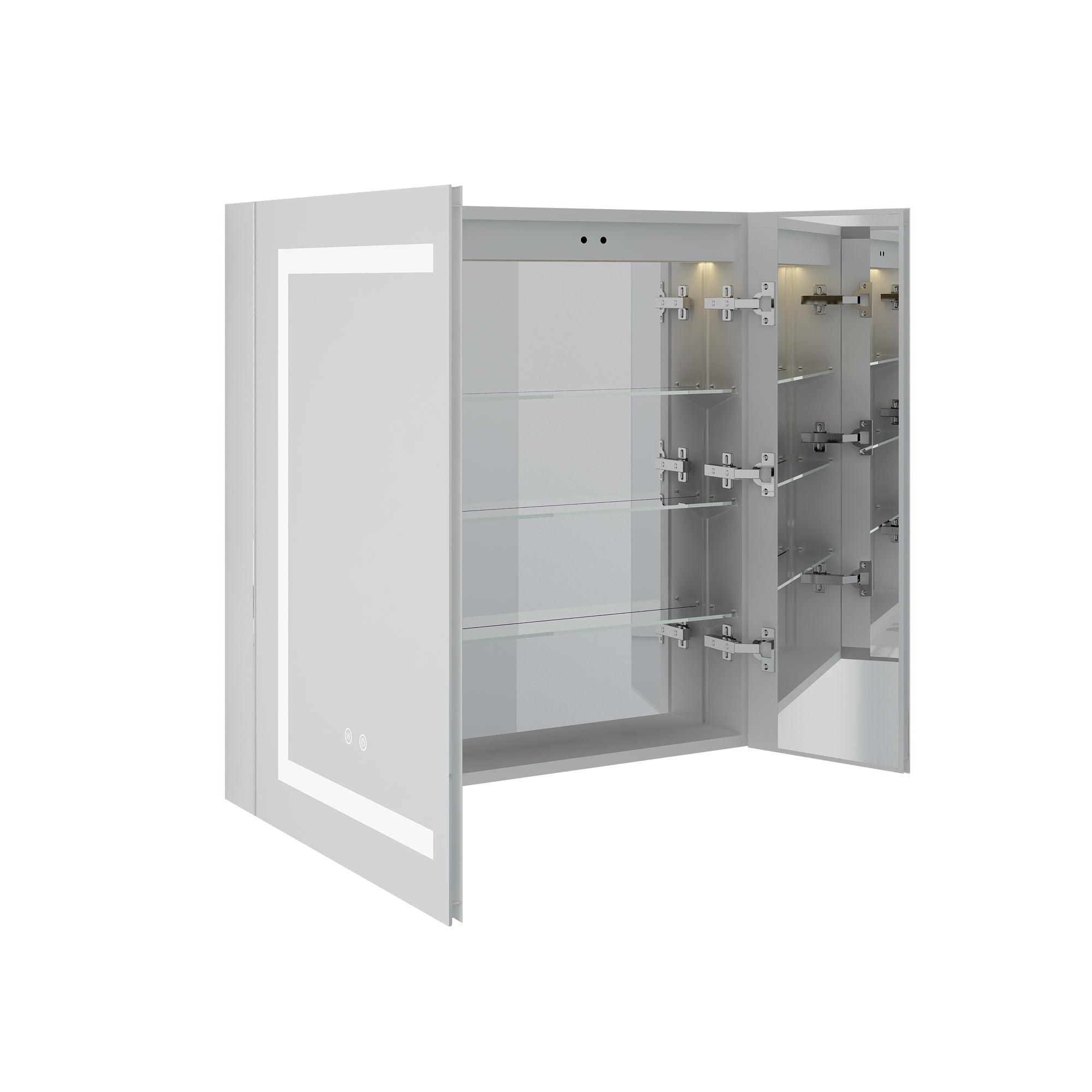
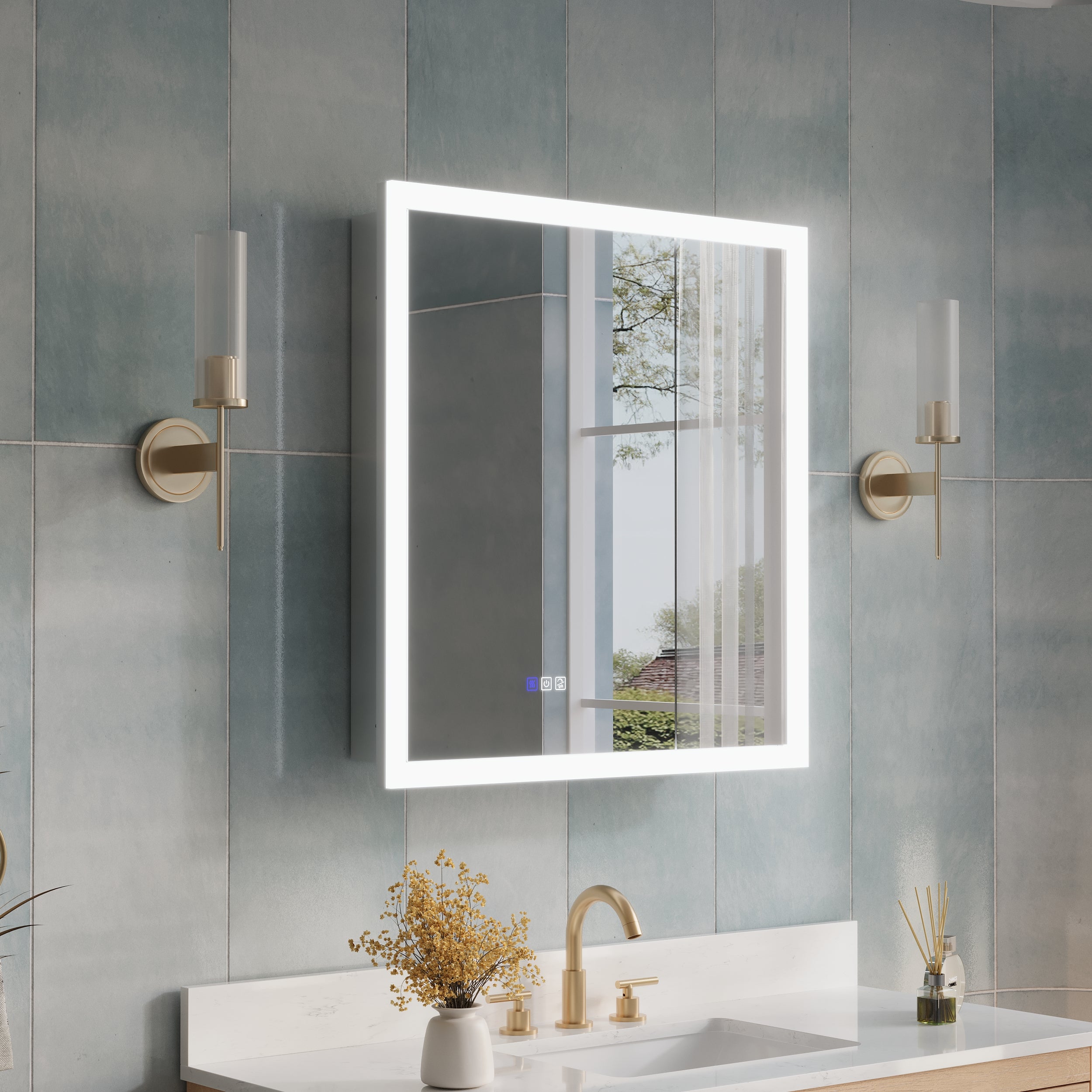
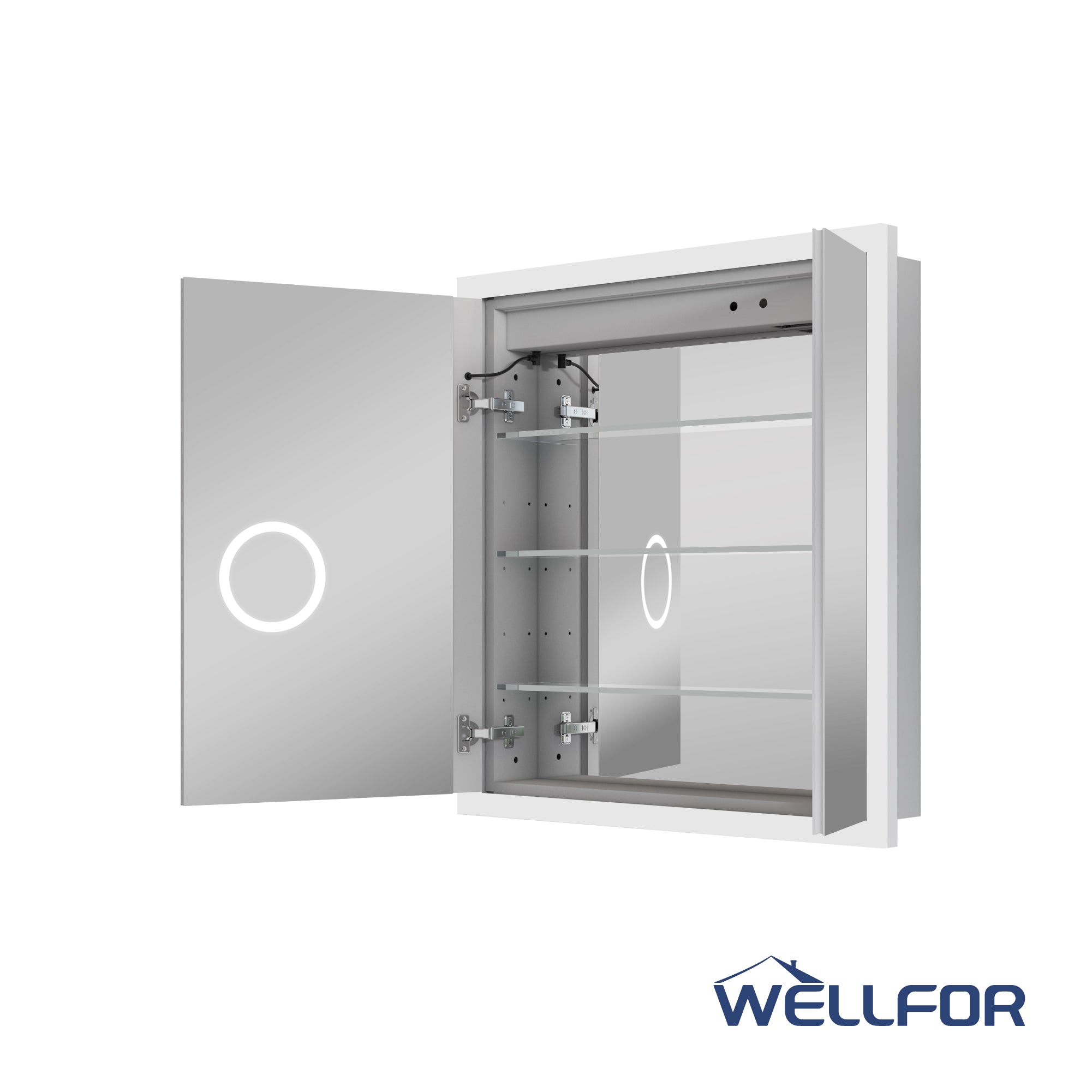
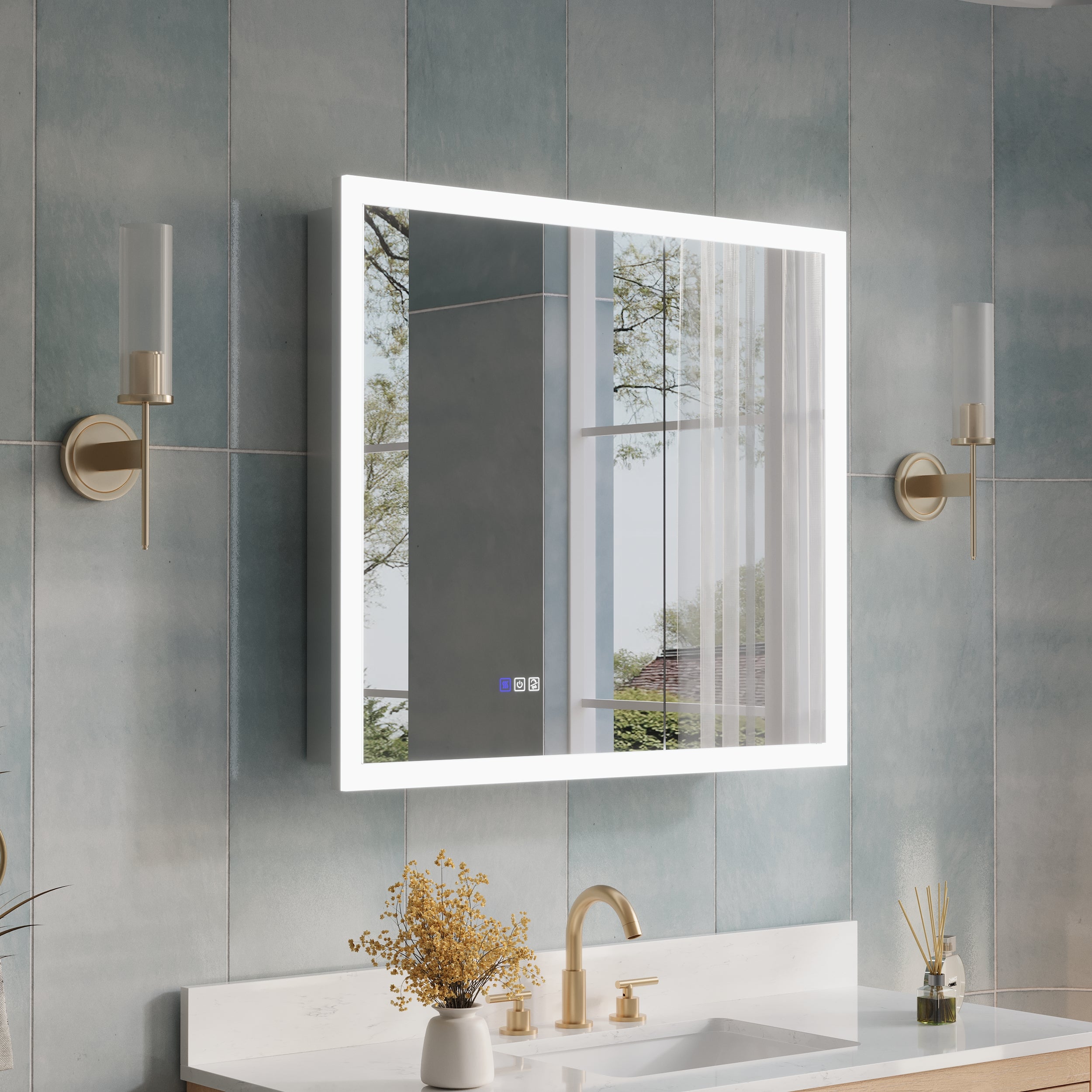

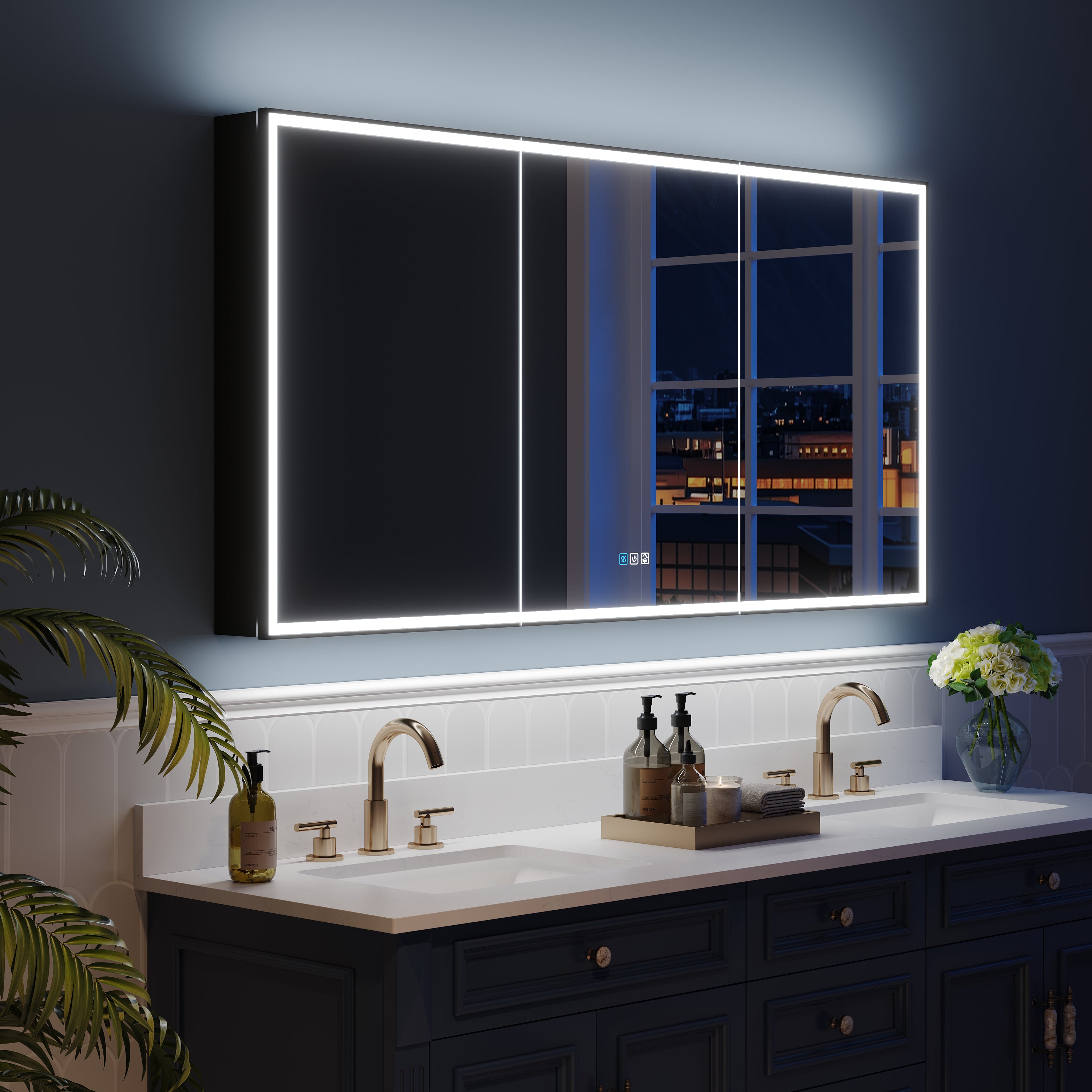
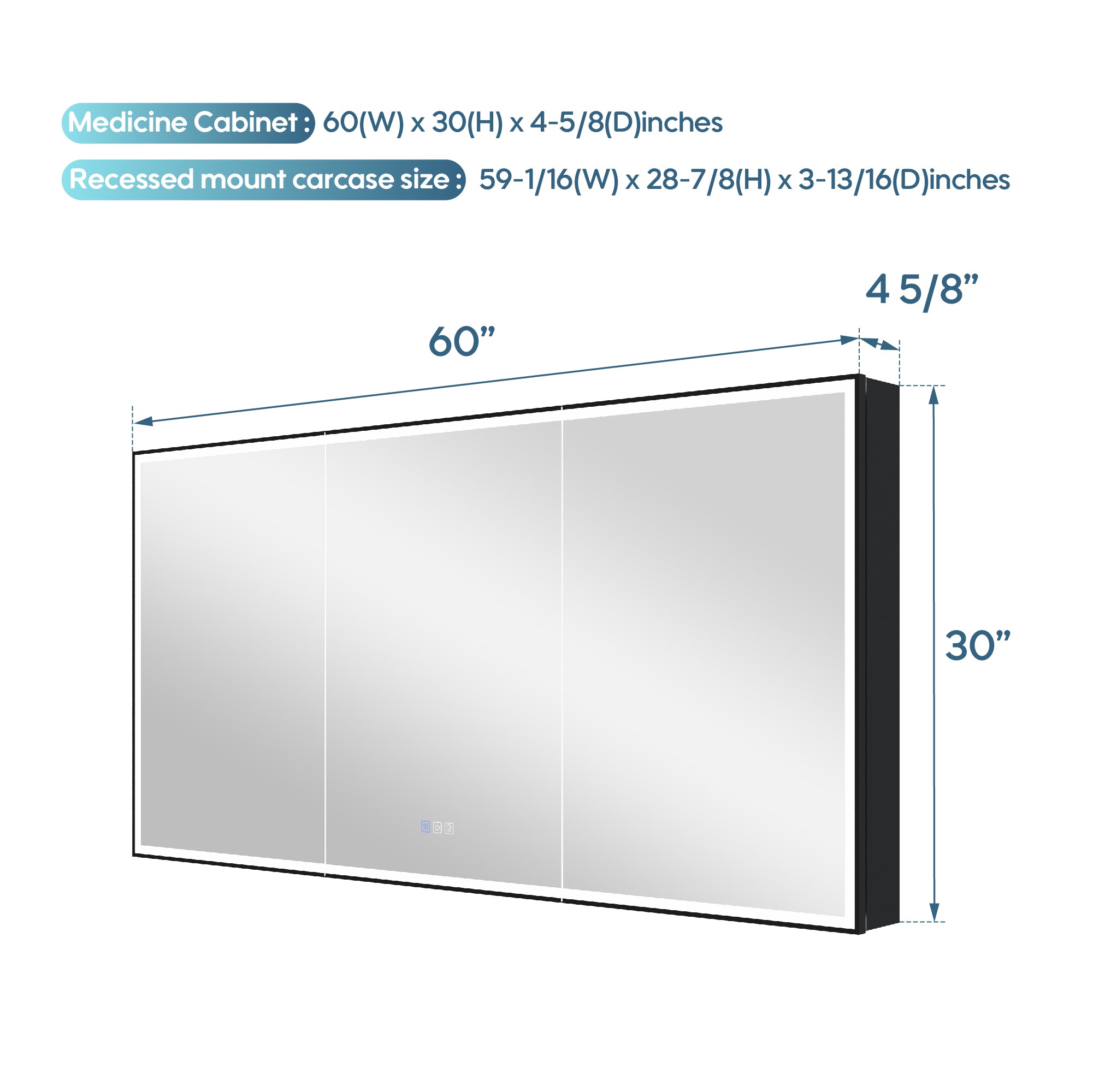
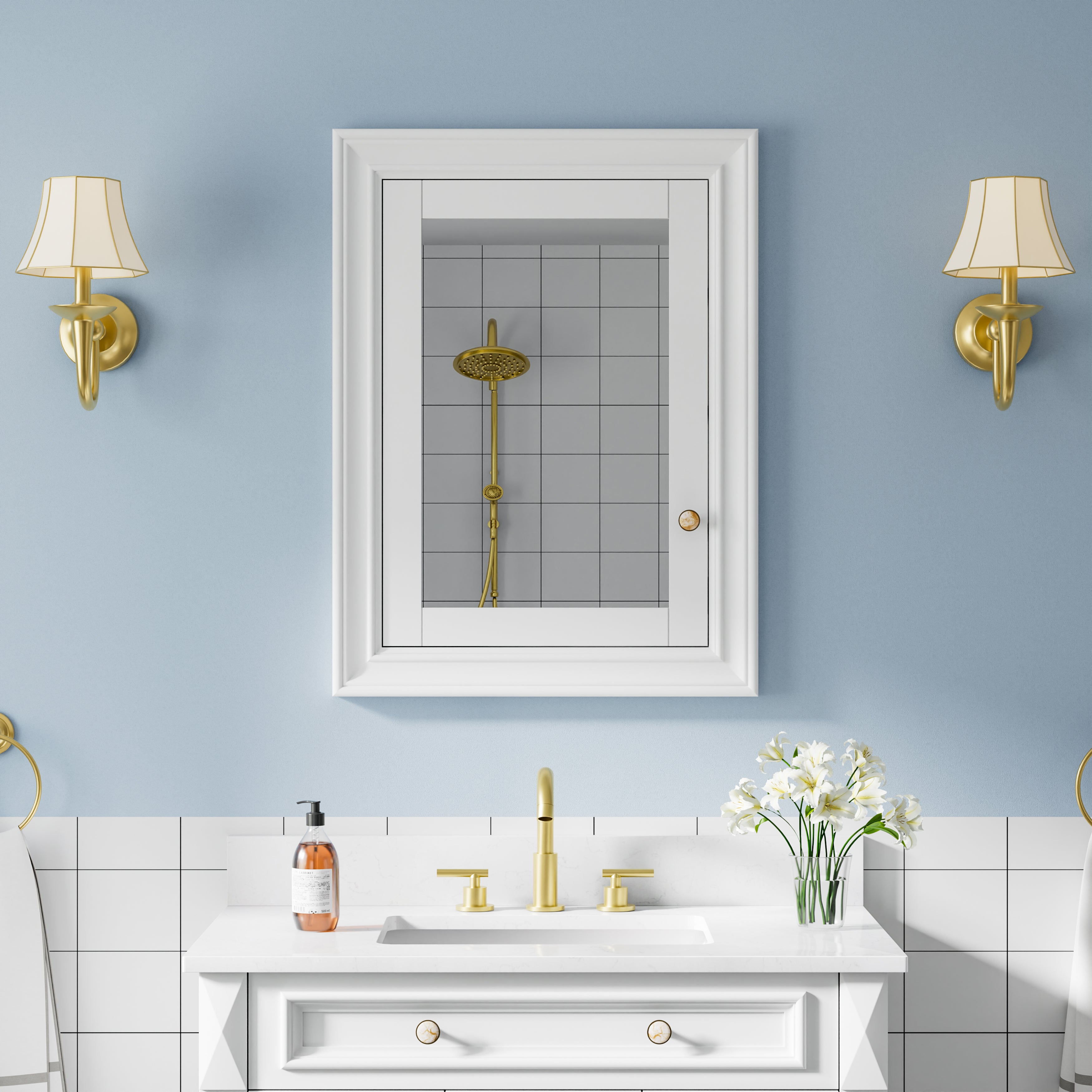


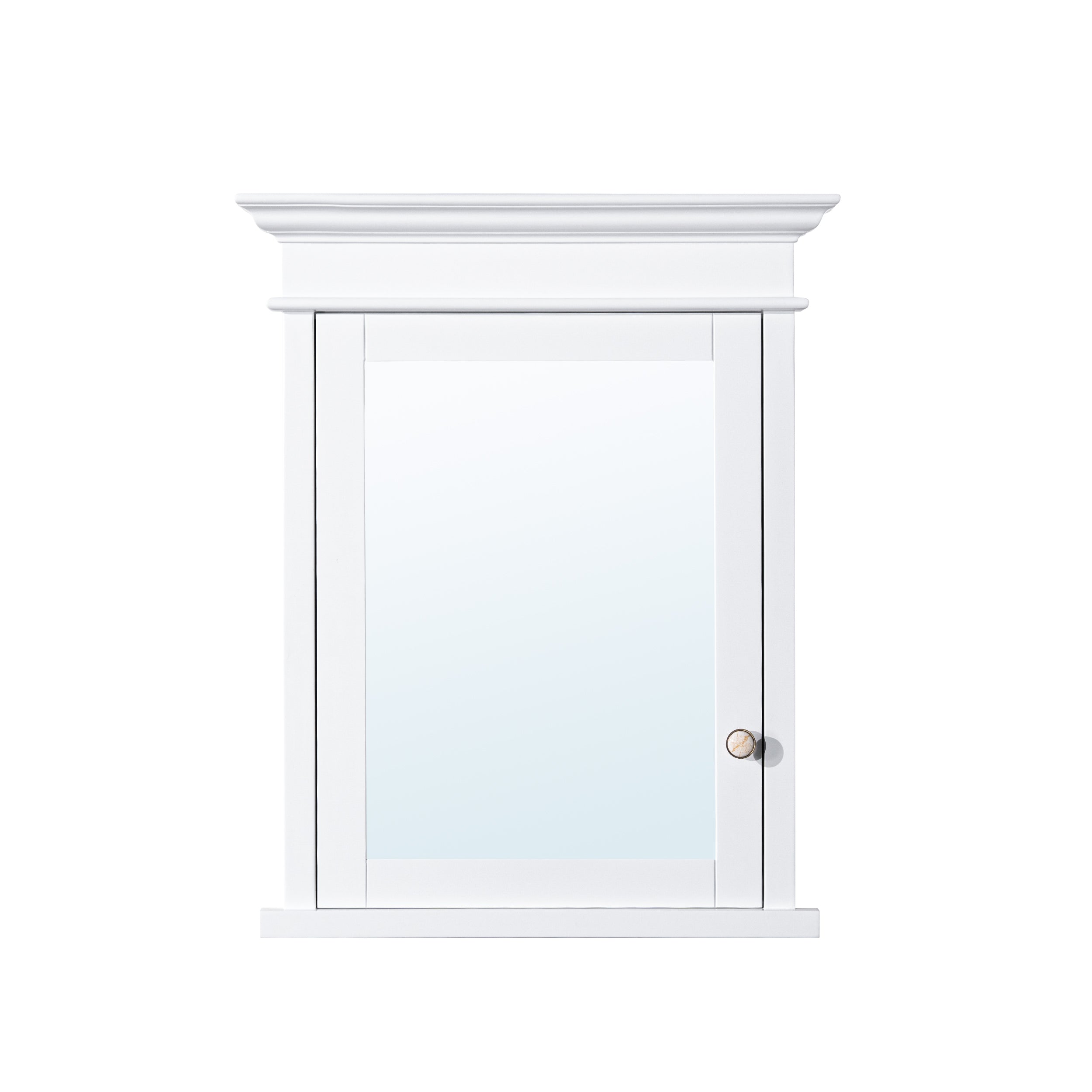

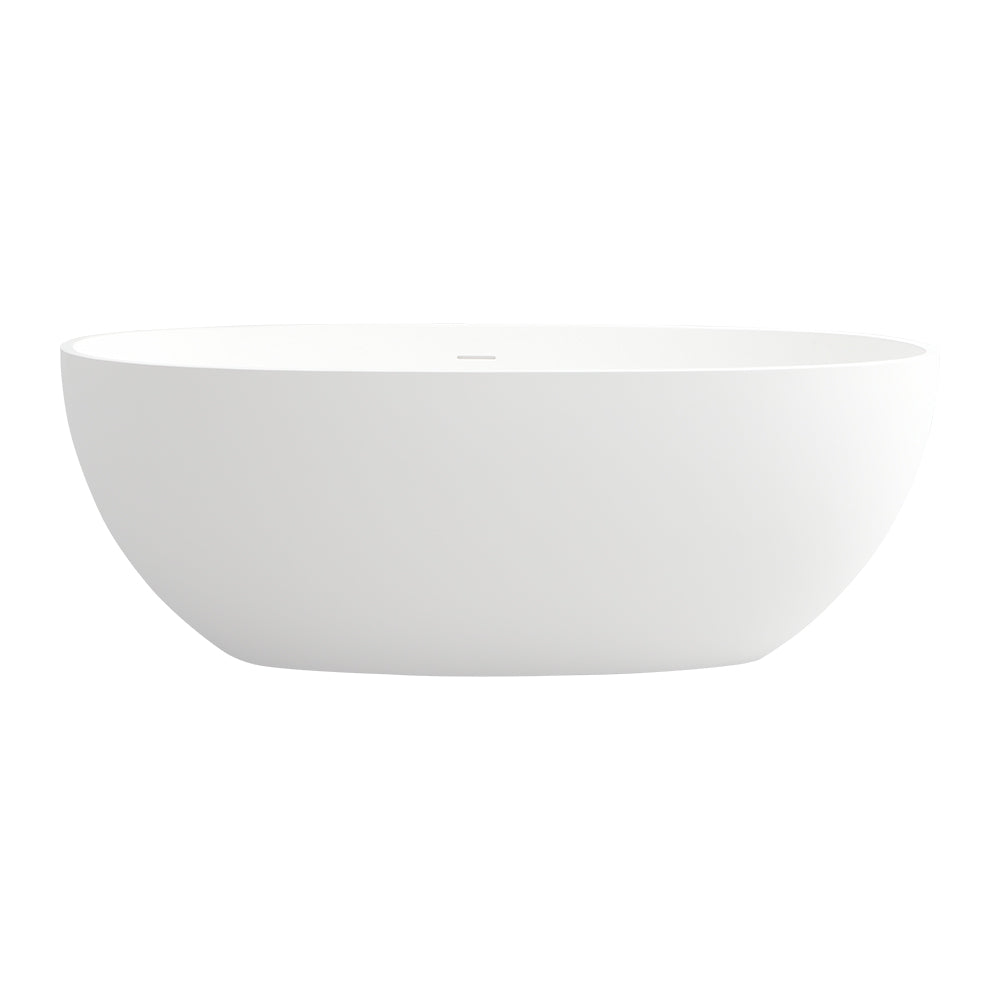


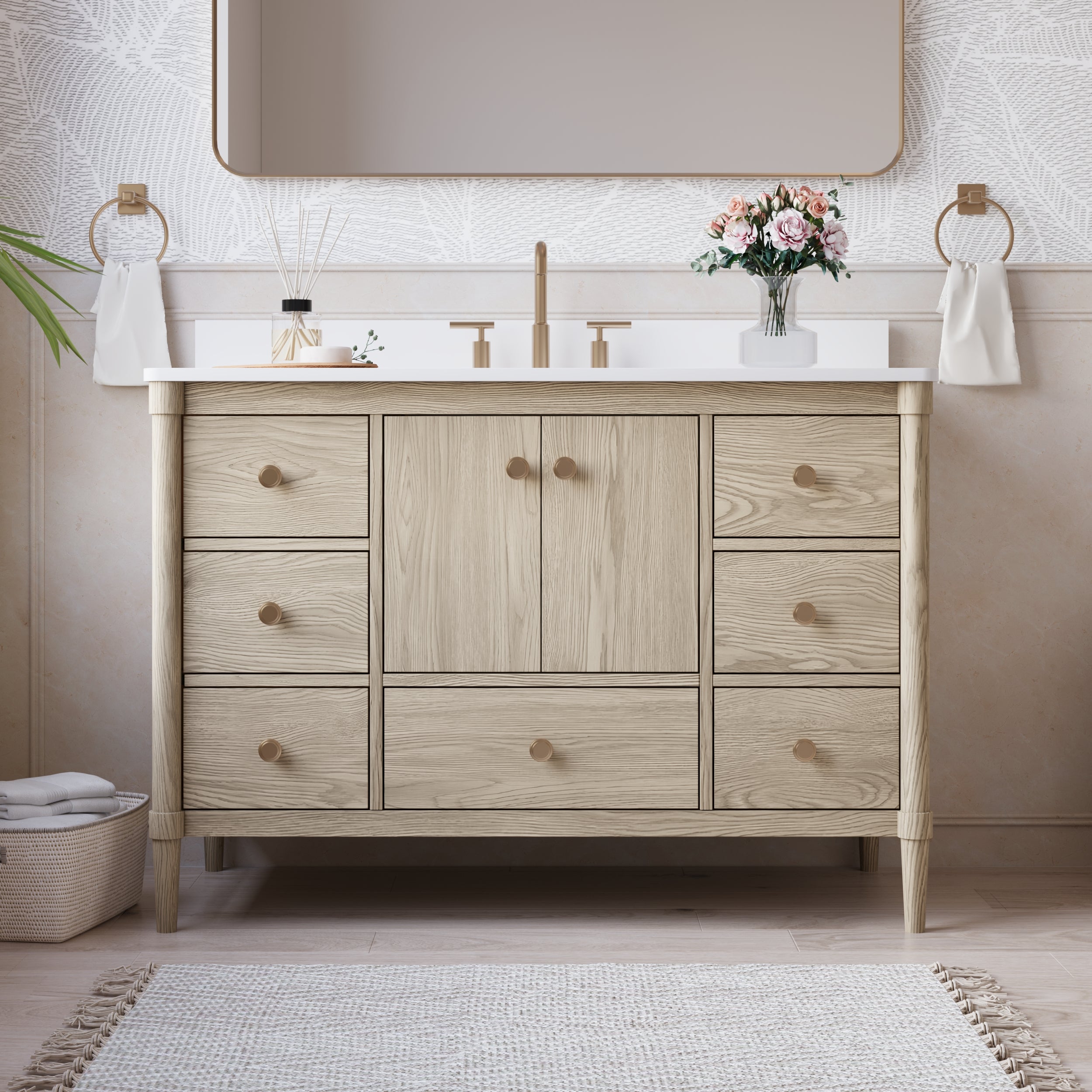
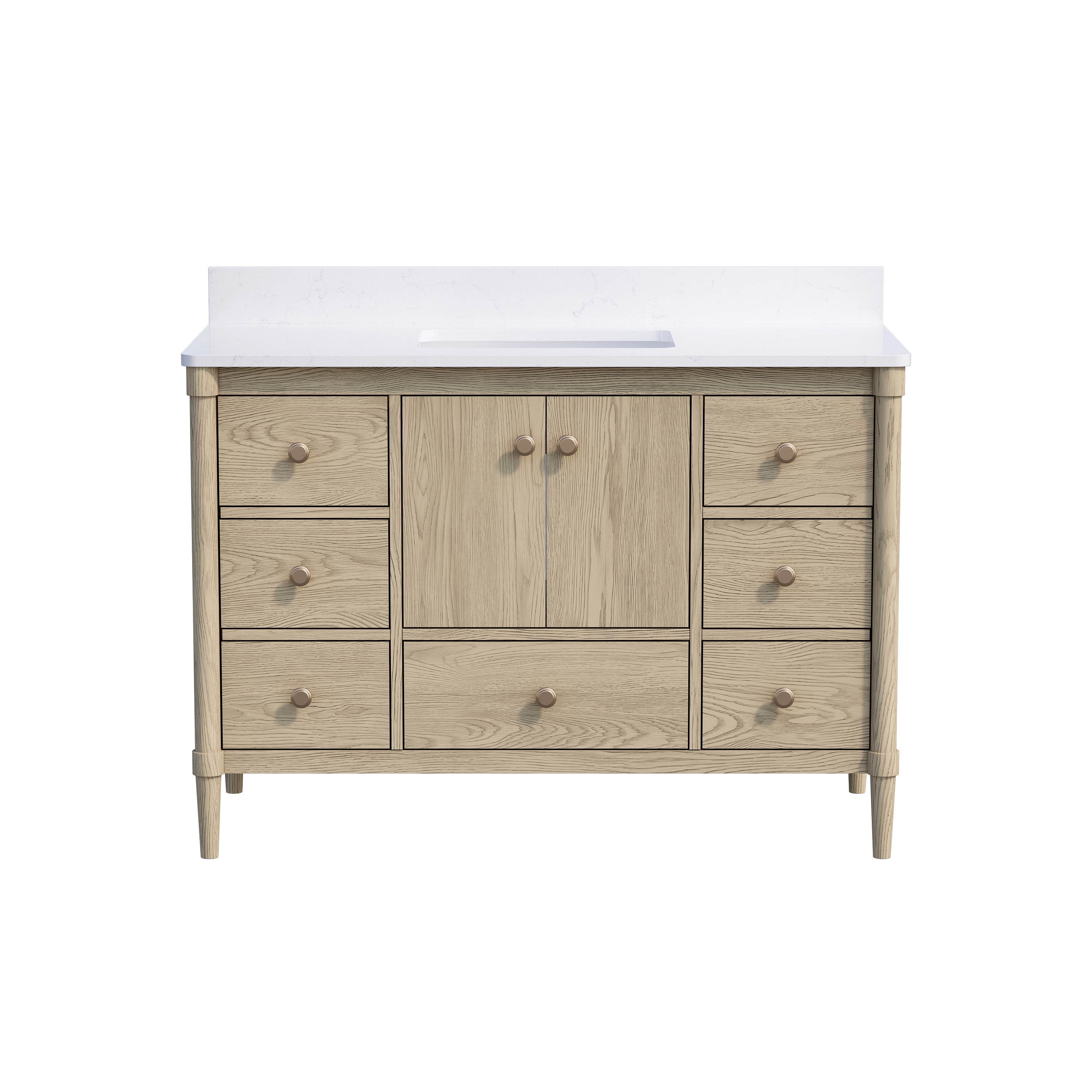
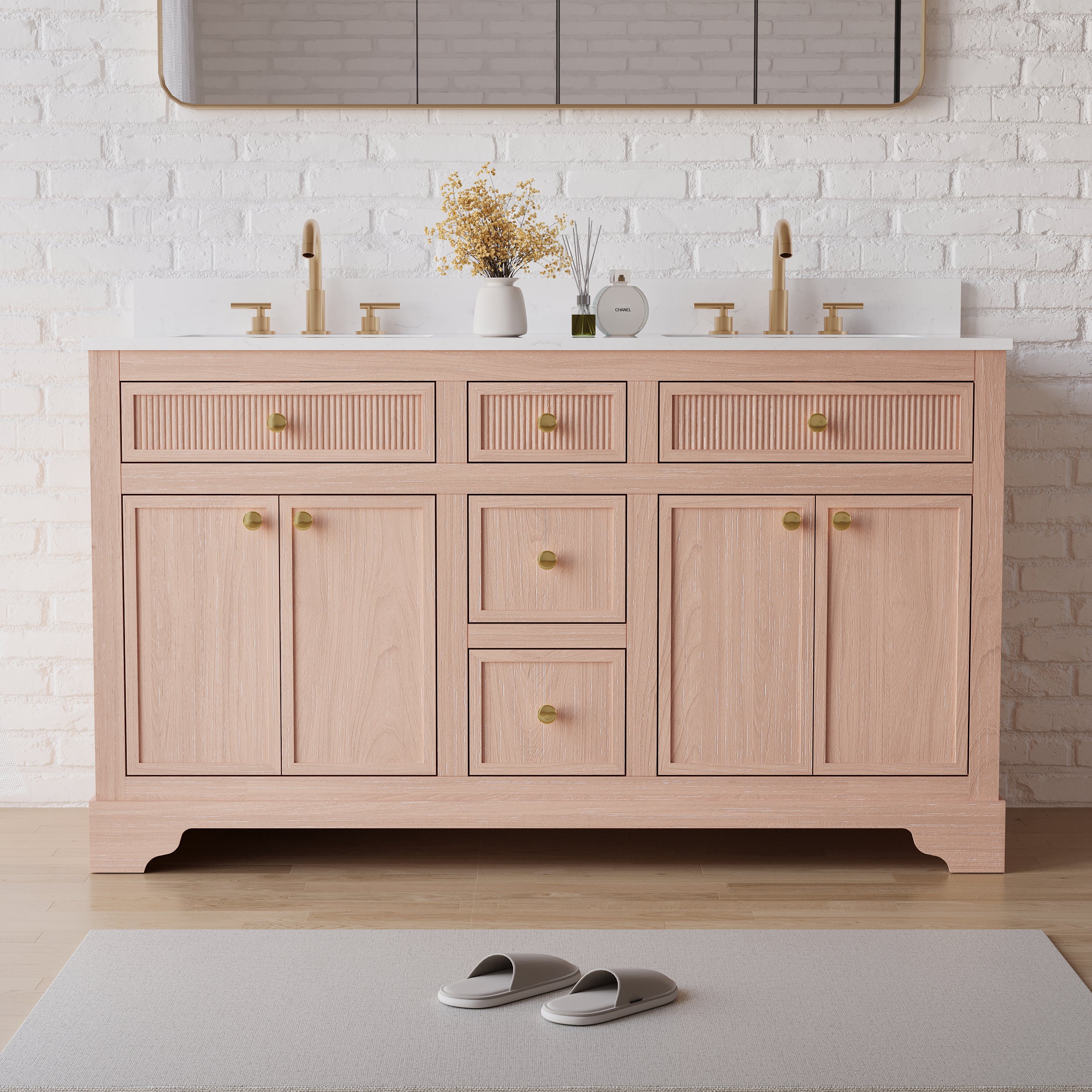



Leave a comment
This site is protected by hCaptcha and the hCaptcha Privacy Policy and Terms of Service apply.